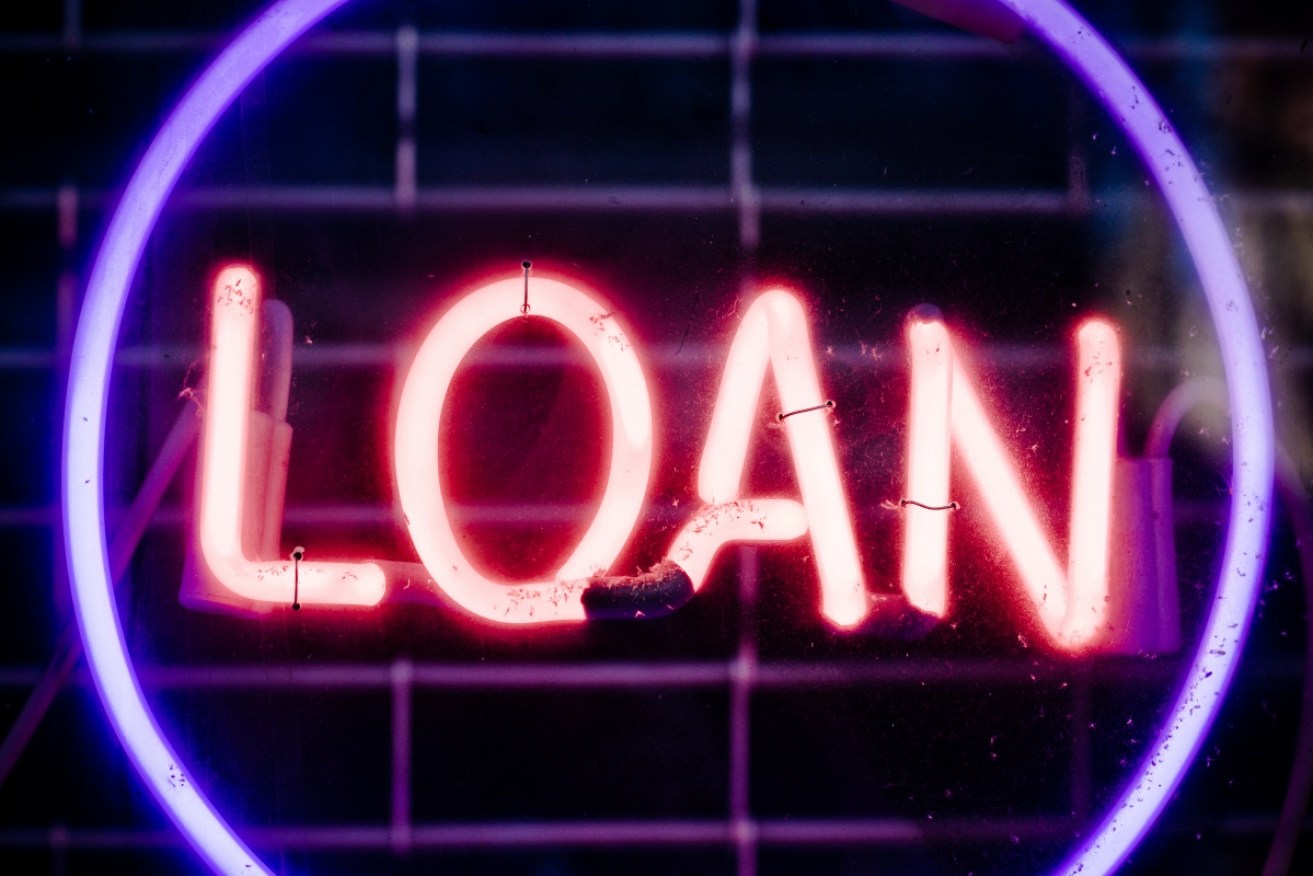Now rates are down, should we all buy a property?


First home buyers may be offered more by mortgage brokers. Photo: Getty
ANALYSIS
The RBA’s decision to cut interest rates by 25 basis points will be welcomed by heavily indebted households, but will it have any benefit for the economy as a whole?
By cutting its cash rate to a record low of 1.50 per cent, the RBA is acknowledging that further stimulus is needed to boost demand and get inflation back into the target range of 2 to 3 per cent – last month the annualised figure fell to just 1 per cent.
The stimulatory effect of a rate cut depends on two things – whether lenders pass the cut on to borrowers, and what borrowers do with any reduction in their mortgage repayments.
For instance, a young family with a 25-year mortgage of $450,000 would be $65 a month better off if their lender passed on the rate cut in full.
They might splash that about at a local cafe or buy some new shoes, but they are just as likely at present to use the money to get ahead with their repayments – what economists call household deleveraging.
The latter is not a bad thing, but it won’t stimulate the economy.

The Reserve Bank last lowered interest rates in May. Photo: AAP
The housing problem
The RBA decision will be of most interest to first homebuyers, who will naturally be asking, “Is this the break we’ve been looking for?”
Well yes and no.
In his statement on Tuesday, RBA governor Glenn Stevens pointed out: “Growth in lending for housing purposes has slowed a little this year. All this suggests that the likelihood of lower interest rates exacerbating risks in the housing market has diminished.”
That’s a bit of a smokescreen statement. Yes, lending has slowed, but mainly due to regulatory reasons.

RBA governor Glenn Stevens: ‘little risk’ of pumping up house prices. Photo: AAP
In the past 18 months the Australian Prudential Regulatory Authority (APRA) forced banks to keep more capital in reserve, the cost of which the banks pass through as ‘out-of-cycle’ rate increases.
APRA also placed a 10 per cent per annum ‘speed limit’ on how quickly banks could increase the size of their investor mortgage books.
The only market force acting to slow lending has been the banks’ realisation that many inner city apartment developments will fall in value as a glut of newly built apartments hit the market.
That realisation has seen banks slash the amount they’ll lend against some apartments – they want the buyers to assume the risk of a price crash.
The young and the restless
Back to our would-be first homebuyers. When they sit down with their mortgage broker next month, lower rates will in most cases mean they can borrow more than they could last month.
A couple looking to borrow $500,000 may find, for instance, that they can borrow $530,000. Should they do it?

Would-be first homebuyers have something to think about. Photo: Getty
Everyone’s situation is different, but the basic question is what kind of premium they’re willing to pay to own a dwelling similar to the one they’ve been renting.
Rents across most of Australia are stagnating or falling, particularly in resource capitals Perth and Darwin.
So if you’re renting a nice three-bedroom house for $450 a week ($23,400 a year), are you prepared to move to a more far-flung suburb and own a $500,000 home that after deposit and legal fees costs you $580 a week ($30,132 a year)?
That’s a 30 per cent premium, before council rates and maintenance bills are factored in. Some will think that it’s worth doing, but others will invest the difference in another asset class (shares, for instance) and go on renting.
The hidden risk
All of these figures are just snapshots in time. The above example assumes an interest rate of 4.5 per cent, but banks have been told by APRA to factor in 200 basis points of rate increases as a buffer when calculating how much they should lend to a customer.
Rates won’t be jumping by 2 per cent any time soon, but given that most loans are over 25 or 30 years, the ’30 per cent premium’ above could easily become a 50 or 60 per cent premium over the cost of renting in a few years’ time.

Retirees could lose income through lower savings rates. Photo: Getty
Being able to borrow more and bid more against investors is therefore not much of a relief at all to young first homebuyers.
The real problem, as The New Daily has covered in depth, is that Australian tax law has distorted the property market over two decades and turned it into a tax shelter for mostly older, wealthier Australians.
The Coalition came to power promising not to touch those laws – negative gearing and the capital gains tax discount – and so the onus really falls on APRA to do more.
In the meantime, it’s up to young Australians do their own sums and decide whether to jump into an over-heated market out of sheer frustration, or to resign themselves to being part of ‘the rental generation’.








